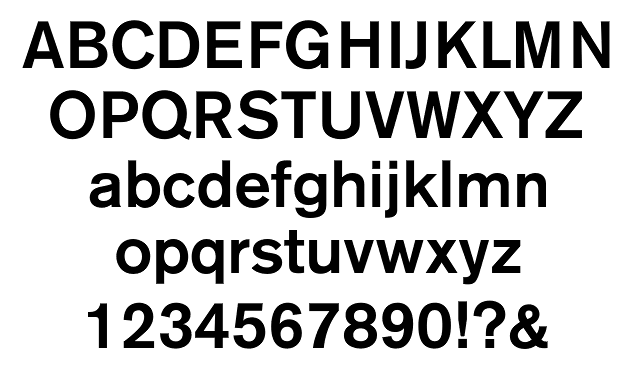


– Most calligraphic of the sans-serif typefaces, with some variation in line width and more legibilityĭespite its age, Akzidenz-Grotesk has a clean and modern look. – Relatively straight in appearance, and have less line width variation than Humanist sans-serif typefaces “Neo-grotesque” or “Transitional” or “Realist”

“Gothic” refers to early sans-serif designs, the term was used mainly by American type founders, which probably took inspiration from the architectural definition.įor the purposes of type classification, sans-serif designs can be divided into four major groups:Ģ. It was the forerunner of Helvetica, and it was one of the first sans-serif typeface to be widely used which will go on to influence many later neo-grostesque typefaces.īefore the term “sans-serif” became standard in English typography, a number of other terms had been used. Use of Akzidenz and how it addressed the issue it was made forĪkzidenz was used as a text font in Europe, especially Switzerland. Its transition from foundry type to cold type was successful, bringing about the dissolution of traditional typeset in the digital type era. In 2001 Lange helped Berthold complete the AG series with the additions of AG light italic, Super Italic, light condensed, condensed, medium condensed, extrabold italic, light extended italic, extended italic and medium extended italic.The Significance of Akzidenz in The History of TypographyĪkzidenz-Grotesk was released by H.Berthold AG type foundry in 1896, one of the largest and most successful type foundries in the world for most of the modern typographic era. Lange was instrumental in developing the Akzidenz-Grotesk program at Berthold in the 1950s and 1960s. Under the direction of Günter Gerhard Lange, Berthold added AG Medium Italic (1963), AG ExtraBold (1966), AG Italic (1967), AG ExtraBold Condensed & Italic (1968), AG Super (1968). In the 1950s Günter Gerhard Lange, then art director at Berthold, began a project to enlarge the typeface family, adding a larger character set, but retaining all of the idiosyncrasies of the 1898 face. The Theinhardt foundry later merged with Berthold and also supplied the regular, medium and bold weights. Originally named “Accidenz-Grotesk” the design originates from Royal Grotesk light by royal type-cutter Ferdinand Theinhardt. Berthold first published Akzidenz-Grotesk in 1898.


 0 kommentar(er)
0 kommentar(er)
